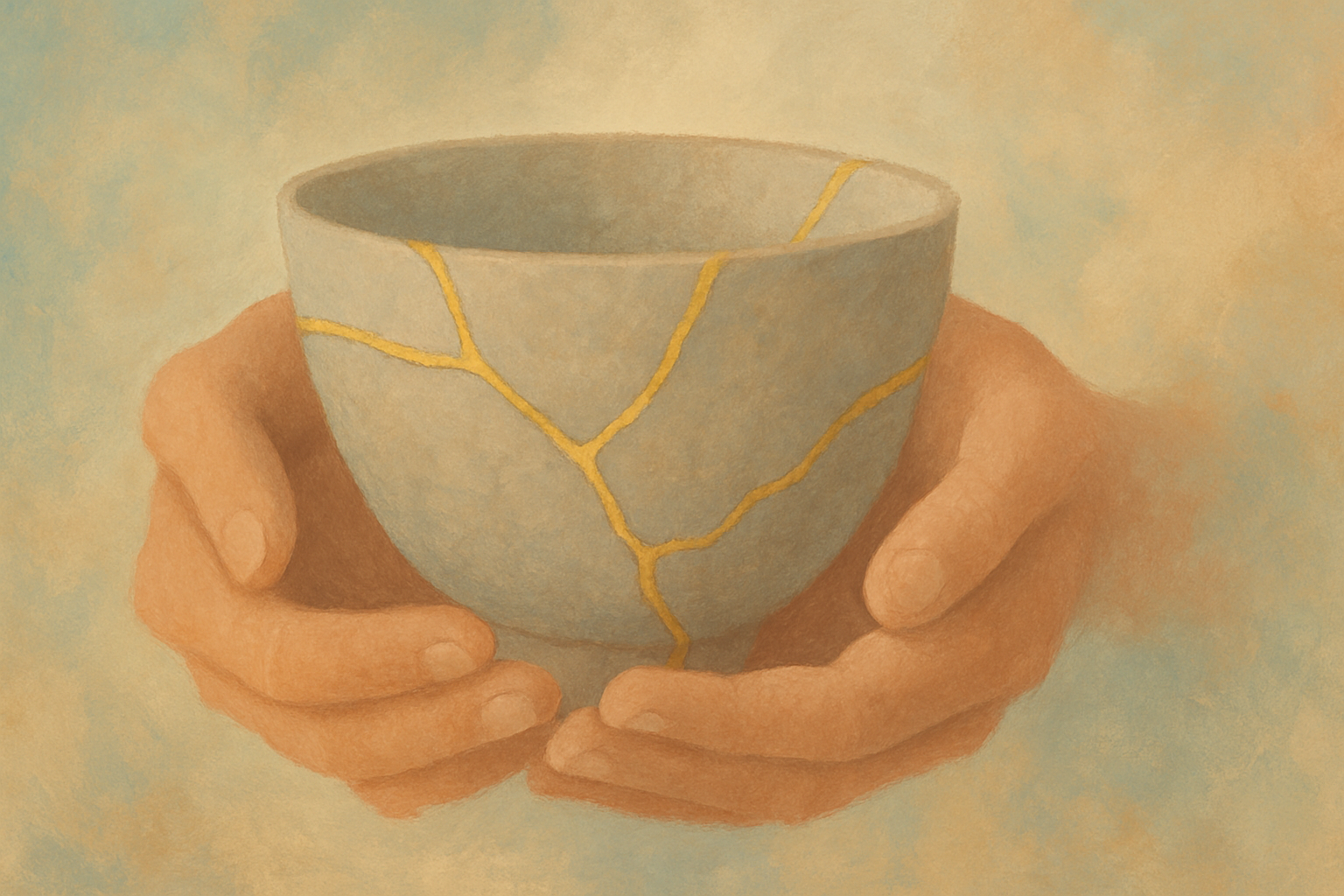Post-Traumatic Stress Disorder (PTSD)

PTSD is a condition that may develop in people who have experienced or witnessed a traumatic event that threatened their life or safety, or that of others.
Note: This information is provided for educational purposes only and is not intended as a substitute for professional medical advice, diagnosis, or treatment. Always seek the advice of a qualified healthcare provider with any questions you may have regarding a medical condition.
What is Post-Traumatic Stress Disorder (PTSD)?
Post-Traumatic Stress Disorder (PTSD) is a psychiatric disorder that can occur in people who have experienced or witnessed a traumatic event such as a natural disaster, a serious accident, a terrorist act, war/combat, rape, or other violent personal assault. PTSD has been known by many names in the past, such as 'shell shock' during World War I and 'combat fatigue' after World War II, but it can affect anyone who has experienced trauma, not just combat veterans. People with PTSD have intense, disturbing thoughts and feelings related to their experience that last long after the traumatic event has ended.
Common Symptoms
PTSD symptoms typically begin within 3 months of the traumatic incident, but in some cases may not appear until years later. Symptoms fall into four categories:
- Intrusive thoughts (re-experiencing): Repeated, involuntary memories, distressing dreams, or flashbacks of the traumatic event
- Avoidance: Avoiding people, places, activities, objects, or situations that are reminders of the traumatic event
- Negative changes in thoughts and mood: Difficulty remembering important aspects of the traumatic event, negative thoughts about oneself or the world, distorted feelings like guilt or blame, loss of interest in enjoyable activities
- Changes in physical and emotional reactions (arousal symptoms): Being easily startled, feeling tense or on edge, difficulty sleeping, angry outbursts, problems with concentration, self-destructive behavior
- For children 6 years old and younger, symptoms may include bedwetting after having learned to use the toilet, forgetting or being unable to talk, acting out the trauma during playtime, or being unusually clingy with parents or other adults
Causes and Risk Factors
PTSD is caused by experiencing or witnessing traumatic events. However, not everyone who experiences trauma develops PTSD. Risk factors that may increase the likelihood of developing PTSD include the intensity and duration of the trauma, previous traumatic experiences, family history of mental health issues, lack of social support, and pre-existing mental health conditions. Neurobiological factors, including alterations in brain structure and function, also play a role in the development of PTSD.
Common Treatment Approaches
PTSD is treated with a variety of therapeutic approaches, sometimes in combination with medication. Effective treatments help people learn to cope with and process traumatic experiences.
Therapy Options
Several types of psychotherapy are effective for treating PTSD. Trauma-focused cognitive-behavioral therapy (TF-CBT) helps individuals process traumatic experiences and change unhelpful beliefs related to the trauma. Eye Movement Desensitization and Reprocessing (EMDR) is another evidence-based therapy that helps the brain process traumatic memories. Other effective approaches include Prolonged Exposure therapy, Cognitive Processing Therapy, and various group therapy formats.
Medication Options
Medications can help manage PTSD symptoms. Selective serotonin reuptake inhibitors (SSRIs) and serotonin-norepinephrine reuptake inhibitors (SNRIs) are the most commonly prescribed medications for PTSD. In some cases, other medications may be prescribed to address specific symptoms like nightmares or anxiety.
Self-Care Strategies
In addition to professional treatment, self-care strategies can help manage PTSD symptoms:
- Developing and maintaining a strong support network
- Learning and practicing relaxation techniques
- Engaging in physical activity and exercise
- Getting adequate sleep
- Avoiding alcohol and drugs, which can worsen symptoms
- Following a healthy diet
- Practicing mindfulness or meditation
- Joining a support group for people with PTSD
- Educating yourself about PTSD
When to Seek Professional Help
If you are experiencing symptoms of PTSD that are interfering with your daily life, it's important to seek help from a mental health professional. If you're having thoughts of harming yourself or others, seek immediate emergency help by calling 911 or going to the nearest emergency room. Remember that recovery is possible, and effective treatments are available.
Quick Facts
-
Approximately 6% of the U.S. population will experience PTSD at some point in their lives.
-
Women are more than twice as likely as men to develop PTSD.
-
About 12 million adults in the U.S. have PTSD during a given year.
-
PTSD can occur at any age, including childhood.
-
PTSD often co-occurs with other mental health conditions, such as depression, anxiety disorders, and substance use disorders.
Related Conditions
Resources
Looking for support with Post-Traumatic Stress Disorder (PTSD)?